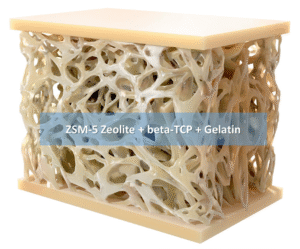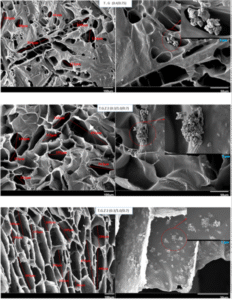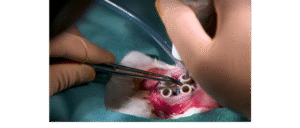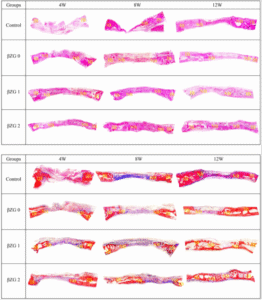
Bone defects resulting from trauma, infection, or tumor resection present a significant clinical challenge, often necessitating graft materials to promote effective regeneration. Although autografts are considered the gold standard, their drawbacks, including donor site morbidity and limited availability, have pushed research into synthetic bone graft substitutes.
This project focused on the development of ZSM-5Graft, a multifunctional bone scaffold composed of beta-tricalcium phosphate (bTCP), ZSM-5 zeolite, and gelatin, designed to enhance bone regeneration while preventing post-operative infections. ZSM-5, a high-surface-area microporous aluminosilicate with a high Si/Al ratio, provides mechanical reinforcement. Gelatin, a natural polymer, improves the scaffold’s biocompatibility, cell adhesion, and biodegradability. The porous structure of ZSM-5Graft promotes cell migration and angiogenesis.
ZSM-5Grafts exhibit great mechanical properties while, as the same time, demonstrating high porosity with micro-sized pore diameter as shown in the SEM images in the following.

In vivo performance was evaluated in 15 male New Zealand white rabbits at 4, 8, and 12 weeks post-implantation, assessing its osteoconductive and therapeutic efficacy using Hematoxylin-Eosin and Trichrome Masson staining on the treated tissue samples as demonstrated below.


To access the paper, please click here.
